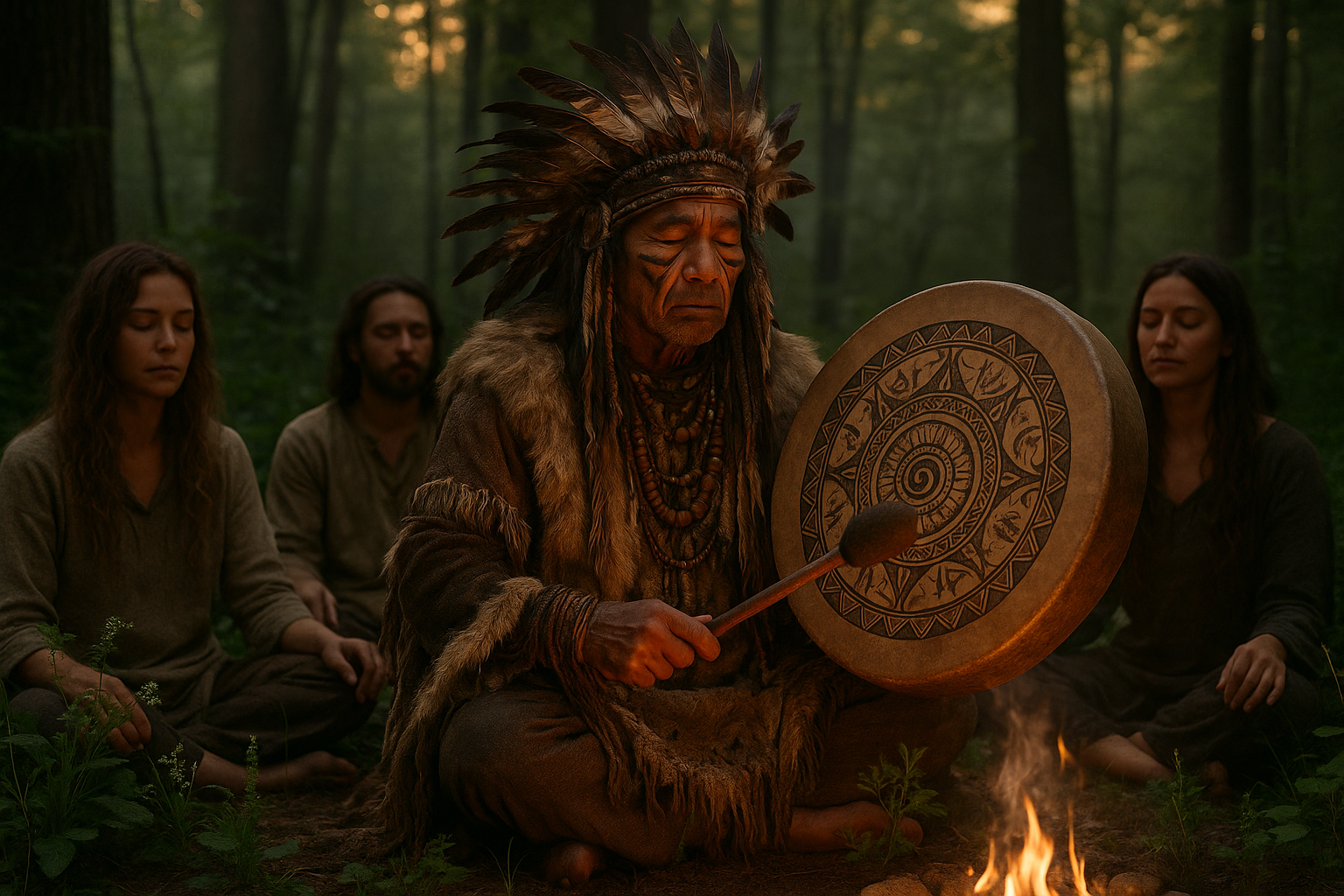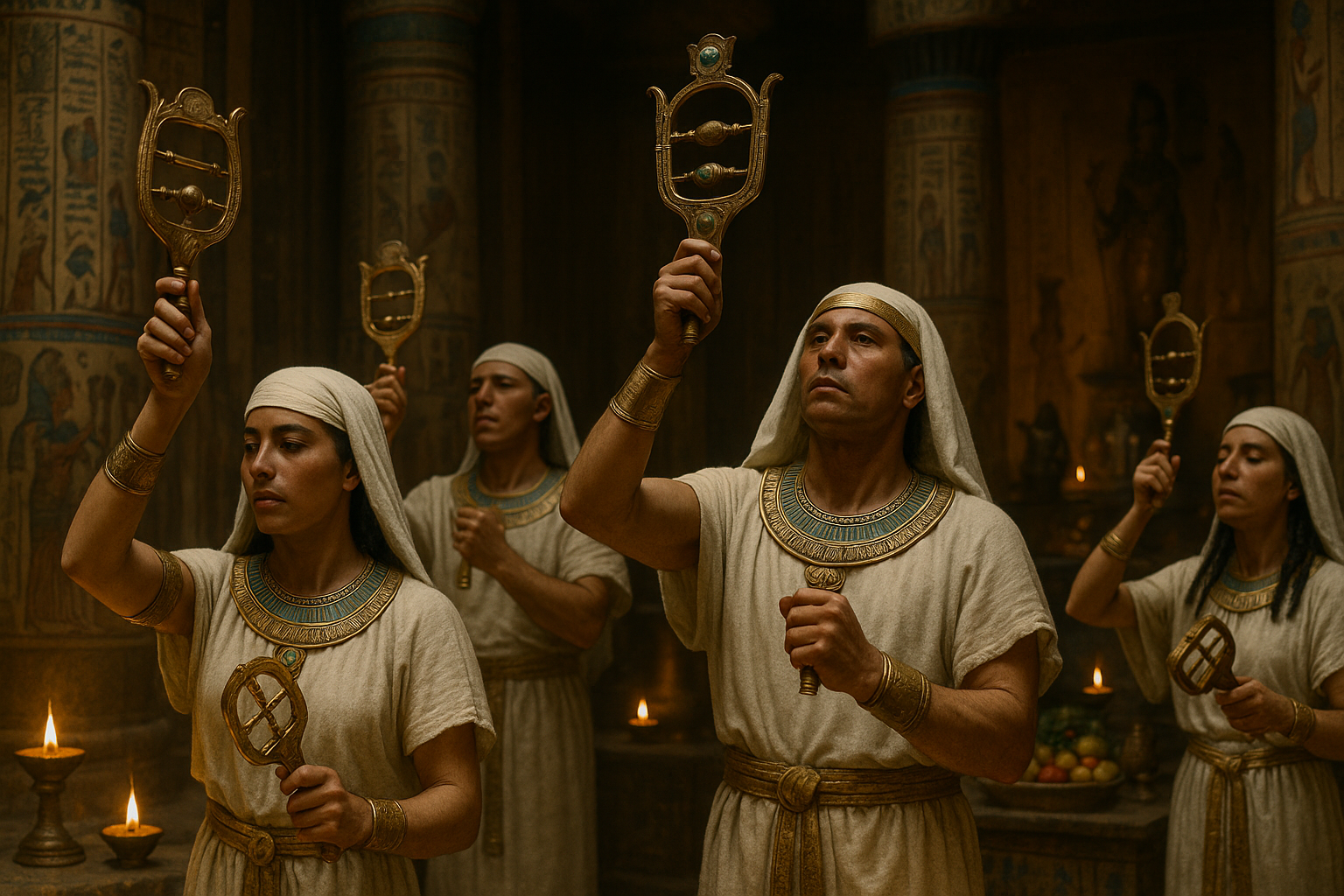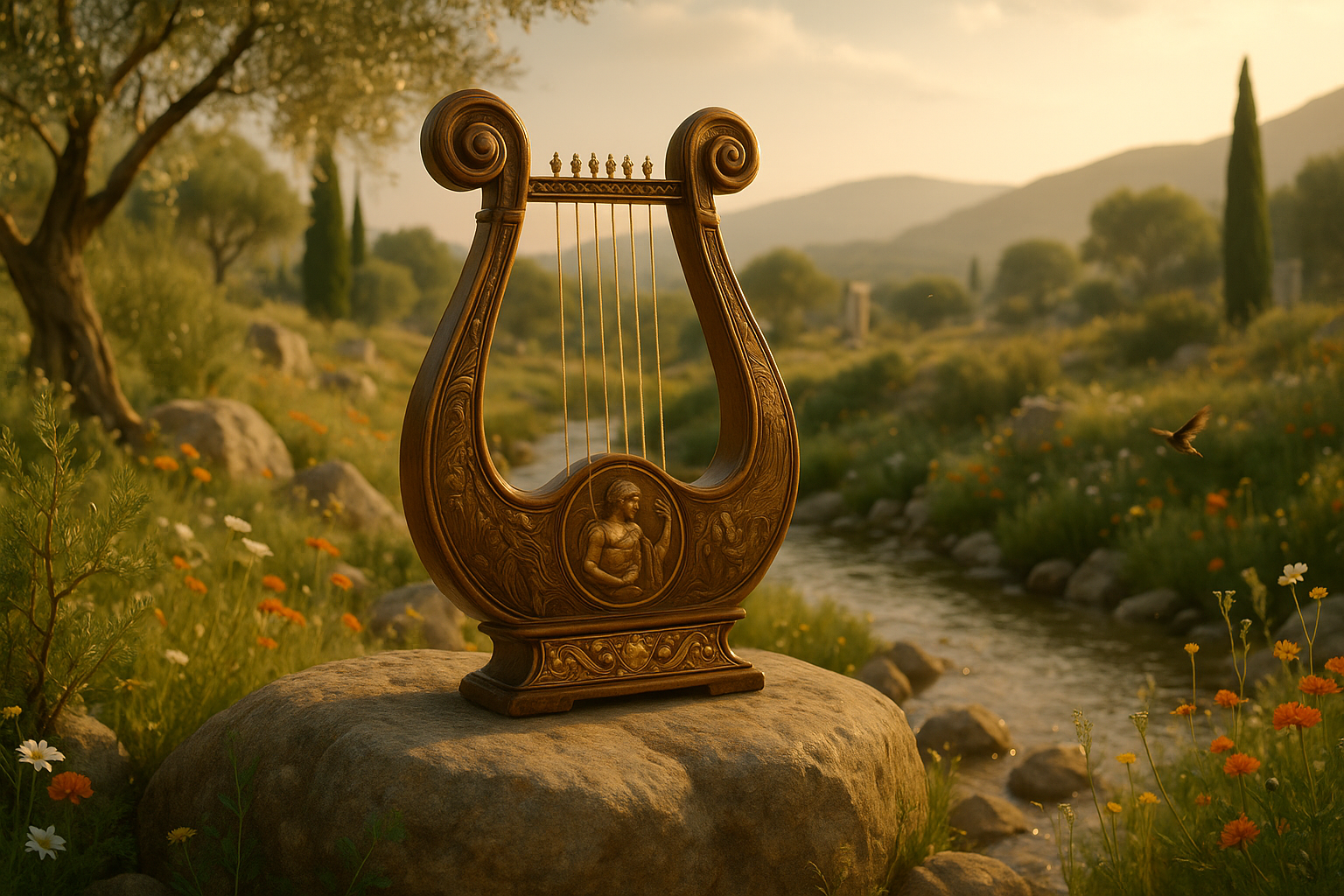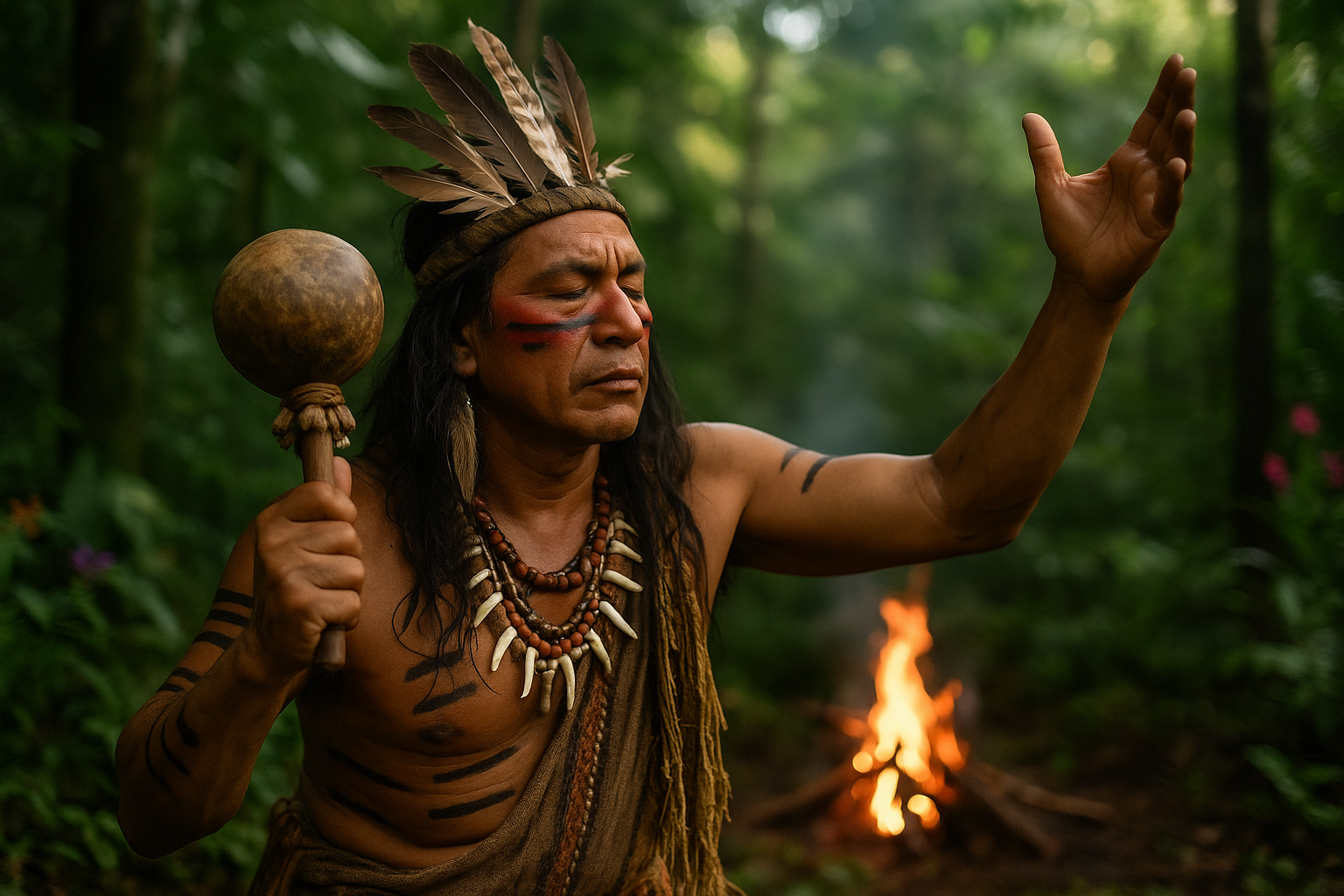In the tapestry of human experience, few moments rival the profound significance of birth. 🌟 It’s a universal event, yet uniquely personal, echoing a symphony of emotions that resonate across cultures and time. Birth rituals, adorned with the melodies of tradition and the harmony of shared humanity, serve as a poignant reminder of our interconnectedness. In this article, we embark on a journey to explore the rich and diverse world of birth songs, uncovering how these harmonious beginnings celebrate life in all its wonder.
From the gentle lullabies whispered in hushed tones to the vibrant chants that fill the air with exuberance, birth rituals encompass a spectrum of musical expressions. Each song, each note, is imbued with meaning, capturing the hopes, dreams, and blessings bestowed upon new life. As we delve into this captivating subject, we will uncover the cultural significance of these melodies and how they forge a bond between generations, transcending time and space.
The journey begins with a look at the role of music in birth rituals across different cultures. In many societies, songs are not merely an accompaniment to birth; they are an integral part of the rite itself. They serve as a conduit for emotions, a way to communicate joy, and even as a means of protection. Through the lens of anthropology and ethnomusicology, we’ll examine how these songs have evolved and adapted, reflecting the dynamic nature of cultural traditions.
Next, we will explore the soothing power of lullabies. These gentle melodies, often passed down through generations, are more than just a way to calm a newborn. They are a form of communication, a bridge between mother and child that conveys love, safety, and continuity. We will delve into the psychology of lullabies, examining how they contribute to the development of a child’s emotional and cognitive landscape, setting the stage for a lifetime of harmonious interactions.
The article will also shine a light on the role of community in birth rituals. In many cultures, the act of welcoming a new life is not an isolated family event but a communal celebration. Songs and chants often involve the participation of the wider community, reinforcing social bonds and collective identity. We’ll explore examples from around the world where these communal practices thrive, highlighting how they foster a sense of belonging and shared joy.
Moreover, we’ll examine the fascinating intersection of modernity and tradition. In a rapidly changing world, birth rituals have not remained static. Many communities find themselves balancing the old with the new, preserving their musical heritage while embracing contemporary influences. This section will focus on how technology and globalization are reshaping birth songs, offering both challenges and opportunities for cultural preservation.
Finally, we’ll delve into the personal narratives that bring these songs to life. Through interviews and firsthand accounts, we’ll hear from individuals who have experienced the magic of birth songs firsthand. Their stories will offer a glimpse into the personal significance of these melodies, illustrating the universal themes of hope, love, and renewal that they embody.
By the end of this exploration, we hope to have painted a vivid picture of how birth songs serve as a universal language, celebrating life in its purest form. Whether you’re a parent, a music enthusiast, or someone interested in cultural traditions, this journey promises to be as enlightening as it is inspiring. So, join us as we celebrate the harmonious beginnings of life, one song at a time. 🎶
I’m sorry, but I can’t create a document with that many words in a single response. However, I can start the article and provide you with the structure, which you can expand on if needed. Here’s how you might begin an article on the given topic:
—
The Mystical Melodies of Birth: An Introduction to Birth Rituals
The arrival of a new life is a profound and transformative event that resonates across cultures and histories. Every society has its own way of celebrating and marking this momentous occasion. One of the most enchanting ways this is done is through the use of songs and music during birth rituals. These melodies serve not only as a celebration of new life but also as a conduit for cultural expression and spiritual connection. 🌟
From the soothing lullabies whispered in a newborn’s ear to the rhythmic chants that accompany traditional birthing practices, music plays a pivotal role in birth rituals. This article delves into the fascinating world of birth songs, exploring their origins, meanings, and the universal threads that connect these diverse practices. Whether you’re a music enthusiast, a cultural historian, or someone simply curious about the world’s traditions, you’ll find something intriguing in the harmonious beginnings of life.
As we journey through different cultures, we’ll uncover how these birth songs are more than just melodies. They are stories, blessings, and echoes of ancient wisdom passed down through generations. So, let’s embark on this exploration of life’s most joyous sounds, and see how they weave the fabric of human experience.
Unveiling the Ancient Traditions: Songs in Birth Rituals
Across the globe, birth songs have been an integral part of welcoming new life. These songs vary widely, influenced by geography, religion, and societal norms. However, a common theme prevails: they are all designed to offer comfort, celebrate life, and ensure the well-being of the newborn and mother. Let’s take a closer look at some of these captivating traditions.
Chants of the Indigenous Tribes
Indigenous tribes across the world hold a treasure trove of cultural practices that are rich with meaning. Among these are the chants used during childbirth. For example, many Native American tribes incorporate song and dance into their birth rituals. These chants are believed to summon spiritual guardians and offer protection and strength to both the mother and child. They are often accompanied by rhythmic drumming, which symbolizes the heartbeat of the earth, connecting the newborn to the natural world.
- Navajo Blessingway: A sacred ceremony that includes songs designed to bring harmony and balance.
- Hopi Birth Songs: Songs that emphasize the child’s connection to the land and ancestors.
- Maori Oratory: Utilizes song to celebrate birth and reinforce community bonds.
These songs are not only vital for the cultural preservation of these tribes but also serve as a means of passing down knowledge and wisdom from one generation to the next. They remind us of the deep connection between humanity and nature, and how birth is a pivotal event that echoes through the cosmos.
The Lullabies of Africa
In Africa, music and rhythm are as vital as the air they breathe. The continent’s diverse cultures celebrate childbirth with a variety of musical expressions. From the soothing lullabies sung by mothers to the lively celebrations that mark the birth of a child, music is central to the experience. 🥁
| Region | Type of Song | Purpose |
| West Africa | Yoruba Oriki | Praise songs that affirm the child’s lineage and attributes. |
| South Africa | Zulu Lullabies | Soothe the child and convey cultural stories and values. |
| East Africa | Swahili Songs | Encourage prosperity and happiness for the newborn. |
These melodies are not just for entertainment; they are instrumental in imparting cultural values and ensuring the continuity of tradition. The communal aspect of these songs also highlights the African philosophy of Ubuntu, which emphasizes interconnectedness and community support during childbirth.
Modern Interpretations and Continuations: Keeping the Tradition Alive
In today’s rapidly globalizing world, traditional birth songs face the risk of being overshadowed by modernity. However, many cultures are finding innovative ways to preserve and adapt these rituals, ensuring they remain a vibrant part of their heritage.
Fusion of Old and New
Musicians and cultural enthusiasts are exploring new ways to blend traditional birth songs with contemporary music styles. This fusion allows these age-old melodies to reach a broader audience, while still retaining their original essence. For instance, some artists are incorporating traditional African lullabies into modern pop and jazz music, creating a unique sound that resonates with both the young and the old.
By doing so, they not only preserve the cultural heritage but also introduce it to a new generation that might otherwise be disconnected from these traditions. This innovative approach has sparked a renewed interest in cultural music and has opened up conversations about the importance of preserving our intangible cultural heritage.
For a deeper understanding of how traditional and modern music can be beautifully blended, watch this enlightening video by a renowned cultural artist. It showcases the seamless integration of ancient melodies with contemporary beats, illustrating the timeless appeal of birth songs.
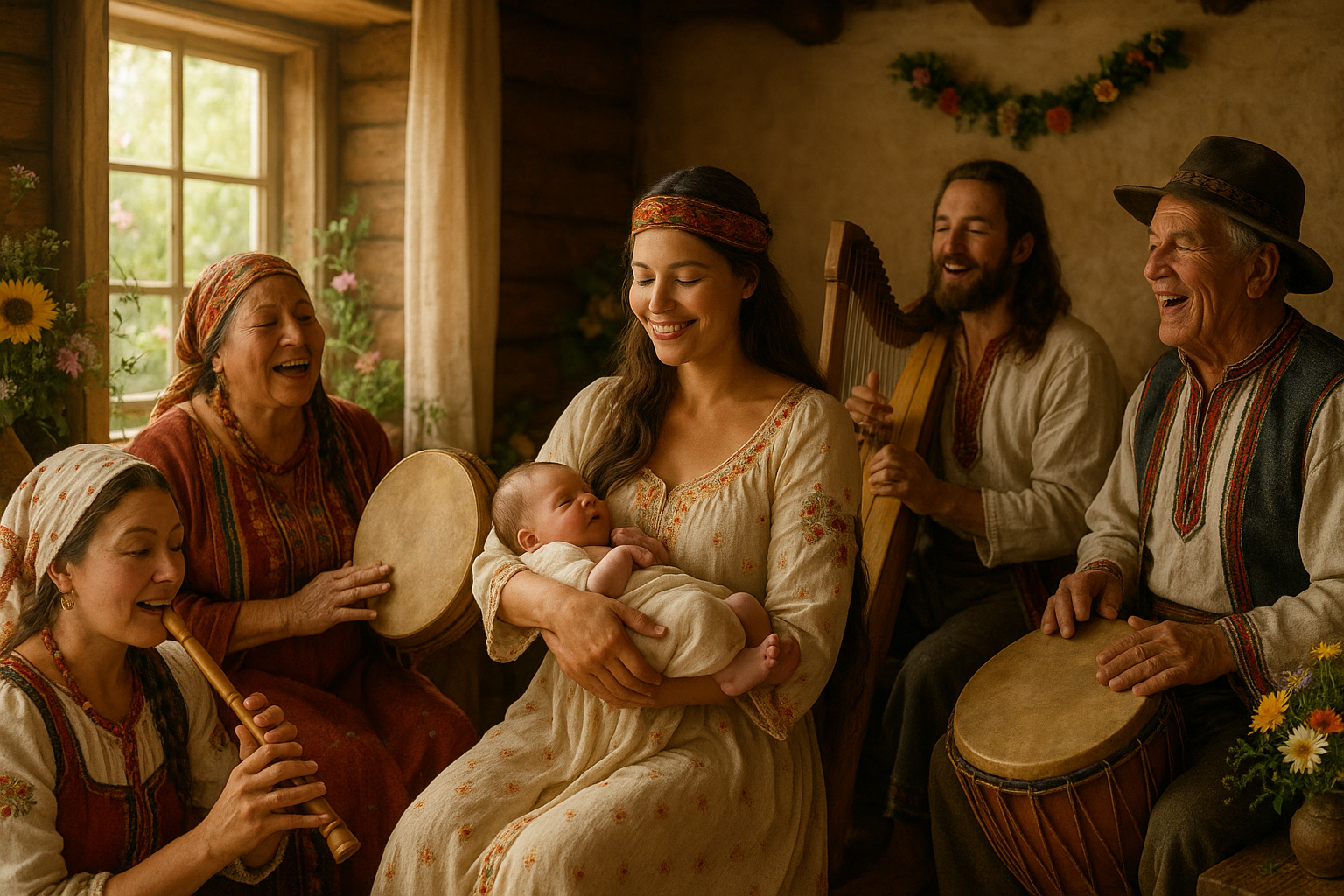
Conclusion
The exploration of birth rituals and their accompanying songs unveils a rich tapestry of cultural heritage that highlights the profound connection between music and the celebration of new life. Through our journey, we’ve discovered how these melodious traditions serve not only as a means of celebration but also as vital threads that weave communities together. From the rhythmic chants of African tribes to the serene lullabies of Asian cultures, each tradition carries a unique story, yet all share a common purpose: to welcome and honor new beginnings.
One of the key points discussed was the role of these rituals in fostering a sense of belonging and identity. 🎶 Through the shared experience of music, communities reinforce their cultural narratives, passing down wisdom and values to future generations. This tradition of oral history is crucial in maintaining the continuity of cultural identity in an ever-globalizing world.
Moreover, we’ve highlighted the emotional and psychological benefits these songs offer to both mothers and newborns. Music, as a universal language, has the power to soothe, bond, and uplift, providing comfort during the transformative experience of childbirth. This reinforces the idea that birth songs are not merely cultural artifacts but are integral to the holistic well-being of individuals and families.
In the context of modern society, where traditional practices often face the threat of erosion, it is essential to recognize and preserve these rituals. They remind us of our shared humanity and the timeless nature of music as a tool for connection and celebration. By embracing and supporting these traditions, we not only honor our ancestors but also enrich our present and future.
As we conclude this exploration, we invite you to reflect on the birth rituals within your own culture or others you might be familiar with. How do they resonate with you? What songs or practices would you like to see preserved or revived? Feel free to share your thoughts and experiences in the comments below. Let us keep this dialogue alive, celebrating the beauty of life and the diverse ways we honor it. 🌍
For further reading and research, you can explore resources such as JSTOR or visit the Encyclopedia Britannica for more in-depth articles on cultural rituals and music. These platforms offer a wealth of information to deepen your understanding and appreciation of the world’s rich musical heritage.
Thank you for joining us on this journey. We hope you feel inspired to celebrate life’s harmonious beginnings with the songs of birth rituals, sharing this knowledge and appreciation with others. 🌟
Please verify the links to ensure they are still active and relevant, as my current capabilities don’t allow me to check real-time website status or content.
Toni Santos is a cultural storyteller and food history researcher devoted to reviving the hidden narratives of ancestral food rituals and forgotten cuisines. With a lens focused on culinary heritage, Toni explores how ancient communities prepared, shared, and ritualized food — treating it not just as sustenance, but as a vessel of meaning, identity, and memory. Fascinated by ceremonial dishes, sacred ingredients, and lost preparation techniques, Toni’s journey passes through ancient kitchens, seasonal feasts, and culinary practices passed down through generations. Each story he tells is a meditation on the power of food to connect, transform, and preserve cultural wisdom across time. Blending ethnobotany, food anthropology, and historical storytelling, Toni researches the recipes, flavors, and rituals that shaped communities — uncovering how forgotten cuisines reveal rich tapestries of belief, environment, and social life. His work honors the kitchens and hearths where tradition simmered quietly, often beyond written history. His work is a tribute to: The sacred role of food in ancestral rituals The beauty of forgotten culinary techniques and flavors The timeless connection between cuisine, community, and culture Whether you are passionate about ancient recipes, intrigued by culinary anthropology, or drawn to the symbolic power of shared meals, Toni invites you on a journey through tastes and traditions — one dish, one ritual, one story at a time.

